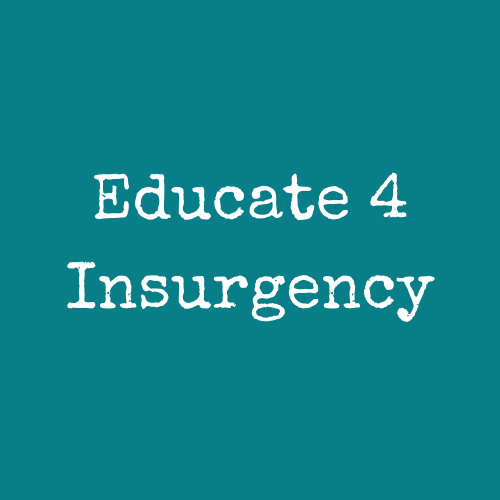Face-to-Face
With mounting coronavirus fears, public health officials have considered or recommended closing schools as a temporary measure to reduce the spread of the infection.
Many people have pointed out how differently school closures affect the rich and the poor. Food, safety, the presence of adults, and of course learning are all advantages that schools may offer students whose families cannot afford to buy two weeks supply of groceries or stay home from work to supervise and support children.
Many of the jobs low-income parents must show up to are precisely the intensive face-to-face work that the economy cannot do without: home health care, nursing, food service in hospitals and nursing homes, and so on. These jobs cannot be done remotely. You must “show your face” and even come into physical contact with your clients, and so you are not at home to be face-to-face with or hug your own children.
Teaching is another job that really must be done face-to-face if it is to be done well. More precisely, education—raising up the next generations—requires physical presence, is a physical process.
Online courses obviously decontextualize. That’s their function. The student can access the course materials “from anywhere.” The teacher can be anywhere. A class can comprise participants physically and socially located in many different contexts, but they can still work through the same screens, watch the same videos, or even see and talk to each other as disembodied images on their phones or laptops.
But all learning is contextualized somehow. We learn how to do something at the same time as we’re living and breathing in a place, with people at least relatively close by in some kind of social and natural environment. A computer may be a part of that environment, but when it connects us to people who are far away, or only virtual, the “environment” of the computer is a metaphor. It is different in kind from the natural and human world that surrounds us physically.
Christopher Emdin and others are very good at describing the pedagogy of face-to-face-ness in hip hop cyphers, or of just taking a few students out into the hall for a planning session on how to modify classroom routines or structures. When we have our most stimulating intellectual experiences, we remember where we are physically, who we are with, what the weather is like. The intellect is not separate from the body. Learning is embodied. The body is intimate to us, and so learning and thinking are intimate.
Policy makers and many adults tend to forget the intimacy of learning. Children and adolescents do not. They squirm, they tumble, they touch, they shout, they pay attention to smells and textures. Learning requires our whole being. We have evolved to learn with every ounce of ourselves. “Birds fly. Fish swim. People learn” (John Holt).
Trying to prevent children from gathering to learn is like taking fish out of water or shutting birds in a basement.
Unfortunately, many schools are structured and regulated to deprive students of face-to-face-ness. The less well-off economically, the more schools generally fear intimacy and physical immediacy, especially unsupervised intimacy and immediacy. This practice of schools of poverty—the regulation of who students look at and touch, when, and for what purposes—is a crucial impediment to learning.
One of the most powerful aspects of peer-to-peer or near-peer teaching, especially in the context of youth-run or youth-centered collectives, is that young people pursue learning unencumbered by time and space constraints on their face-to-face-ness. They can sit next to who they like. They can talk to who they want to. They can learn from who teaches them best. The social context is not strangled by the abstract systems of control, and so “socializing” contributes to learning and growth, rather than stunting them.
Protecting the health of children, teachers, cafeteria workers and bus drivers may make temporary school closures necessary. But we should try to understand better why children need to be physically together in order to learn, and we should try to respect how they decide to come together, rather than fearing their vitality.

